On N.H. Pritchard’s Eerie Unsounds
Heard for the first time, N.H. Pritchard’s poems tend to bewilder. Loosely affiliated with Umbra, a collective of Black writers in New York’s Lower East Side in the 1960s, Pritchard is amongst the least known in the group—one that counted Ishmael Reed amongst its members. To me, he's also the most beguiling.
A minimalist poet with hermitic tendencies, Pritchard composed much of his verse in Edgartown, Martha’s Vineyard, where he lived part-time when not in New York. There, he’d walk the shoreline of Nantucket Sound, ears pricked by the sounds of wing beats, of pebbles clicking, of things quietly oozing and chanting and echoing. It was a place where small nocturnal things spoke to him in “an unknown / tongue”, where the “the silence / moans.” [1] Steve Goodman, a dubstep artist who goes by the name Kode9, calls such sonic phenomena “unsound”, his name for “that which is not yet audible,” or is on “the fuzzy periphery of auditory perception”—a kind of “sonic virtuality.” [2]
Pritchard’s devotion to small, barely noticeable sounds is evident in the few recorded performances of his poetry available. In 1967, he recorded the poem “Gyre’s Galax” on an LP called New Jazz Poets. As Tyrone Williams argues, the performance “depends almost entirely upon repetition of entire lines of verse (and blues- or jazz-inflected variations) in [a] tone that is ‘invisible’ in its straightforward Standard English verbal score.” [3] These unsounds, for which Pritchard listened out on the coast and which crowd his published collections and performances, strike both eye and ear as eerie.
Let’s begin with the eye (which will lead us to the ear). Drawing on the minimalist device of serial repetition, Pritchard inches his lines like ant columns towards the page edges.
 Figure 1. Pritchard, The
Matrix, pp. 60-61.
Figure 1. Pritchard, The
Matrix, pp. 60-61.
Other times, letters and words are scattered to all four corners.
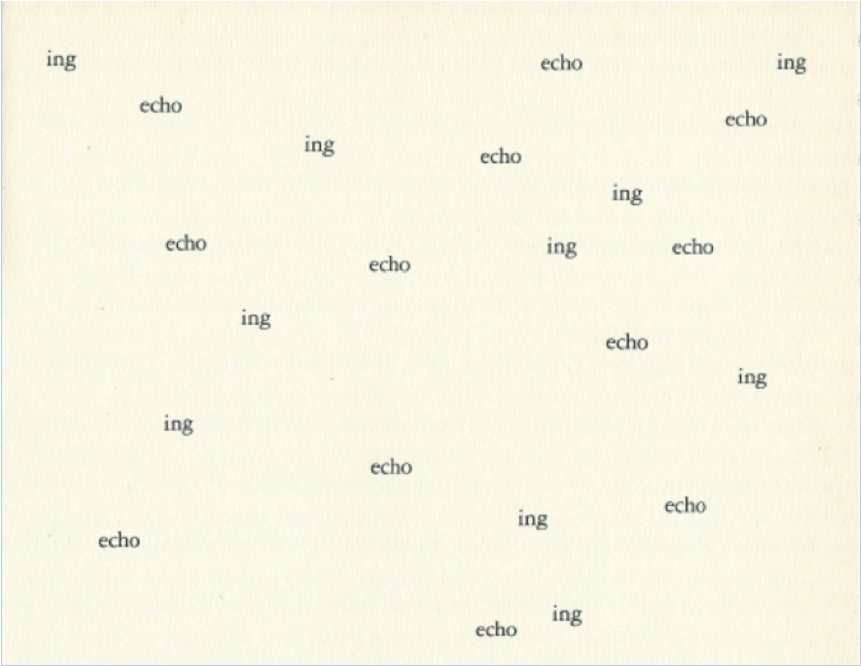
Figure 2. Pritchard, EECCHHOOEESS, p.49.
As Paul Stephens has written: “One of the most unique visual characteristics of Pritchard’s books is their use of the entire space of the page, without any margins, often making the ink of the poems visible on the page edges.” [4] Eliminating margins and leaking ink onto the fore-edges is a printing technique called “bleeding edge.” Here’s an example from his first collection, EECCHHOOEESS (New York University Press 1971):

Figure 3. Pritchard, EECCHOOEESS, pp. 37-39.
It's eye-catching, both in execution and content. But our attention, or at least mine, is called as much to the poem’s acoustics as to its graphics. In minimalist composition, whether music or verse, even the most minor variation counts. And variations always have a gently unsettling effect. Note how a syncope can be created here by reducing the three-syllable glist-en-ing to glis-ning, thereby devoicing the vowel. This is usual for Pritchard; in his verse, things (sounds, letters, words) often get lost momentarily or outright disappear. (Incredibly, this includes himself. Not only did Pritchard actually go missing—the victim of a suspected kidnapping by his fellow Umbra members—but he also, after publishing only two collections, vanished from the East Coast literary scene entirely.)
One way to look at a poem like “Glistening,” then, is to declare its margins missing. But I think it’s perhaps more interesting to consider its edgelands as noisy—to think of Pritchard peopling or “creaturing” his margins, making them ring out, however softly, so that we might hear the things in the edges. The emphasis, in other words, is on listening out for what might not otherwise attract notice. Looking closely, you can in fact see the word listening, peeking out from the extreme left edge of the page.
But listening to a printed Pritchard poem turns out to be harder than it might appear. Take a moment to read the first two lines of “The Voice,” from his second collection, The Matrix, Poems: 1960–1970, published in 1970 by Doubleday. If you can, read it aloud.
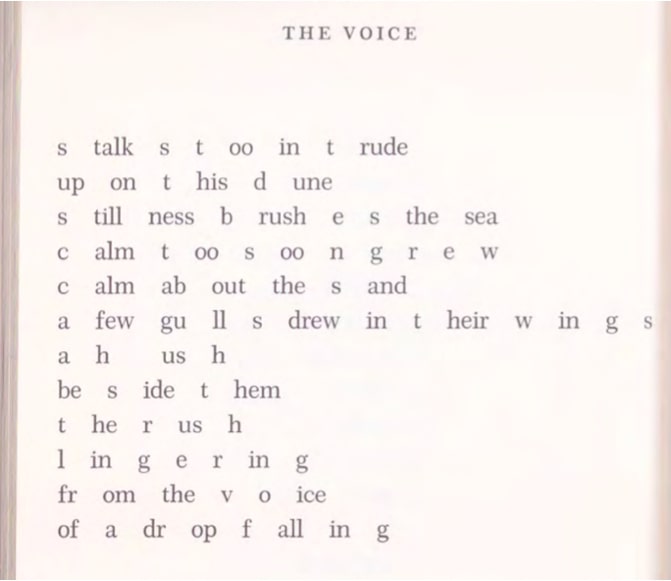
Figure 4. Pritchard, The Matrix, p. 30.
Did you get “stalks too intrude upon this dune”? Perhaps something else? As David Grundy remarks of a Pritchard poem: “By the time the eye has managed to rearrange a single line into its constituent parts, the form of the whole has slipped away.” [6] (Again, more vanishings.)
What it might mean to evaporate with and into sound, asks Ashon Crawley? Evaporation, he says, has to do with air, with atmosphere, but it also “names transformation, change, difference.” [7] For the reader, the result of this sonic evaporation is that you’re left pausing, reconstituting, pondering, or better yet, as the third line from the bottom of “The Voice” has it: l in g e r in g.
Reflecting on the pleasures and pains of reading Pritchard, Lillian-Yvonne Bertram writes: “My own experience of reading the text was agonizingly slow, a process of reading and sounding out that emphasized the differences between what you see and what you hear, and how you hear what you see.”[iii]I like this idea of deceleration, of focusing on gaps between the seen and the heard; the heard and misheard. It reminds me of what Nathaniel Mackey says of his title Discrepant Engagement. The word discrepant, he says, “suggests a crack, a creaking, it suggests dissonance, and disparity, but also a willingness to reside in a rift of some sort—a blur, […] an indistinction.” [8]
Look (and listen) to the shortest line of “The Voice”, the 7th: it first presents itself as an ‘ah’—a rich interjection that can mean relief or awe or even confusion—the way it then resolves itself into ah us, and, with a bit more lingering, into—a hush.
And this quiet little sonic event brings me to the final type of acoustic eeriness in Pritchard’s verse: his invocation of silence. “At the limit,” as Anthony Reed has argued, Pritchard’s “poems ask us whether poetry needs words at all.” [9]
This is from a piece called “Hoom,” published in 1970 in an anthology by Reed called 19 Necromancers from Now (Doubleday, 1970). [10]
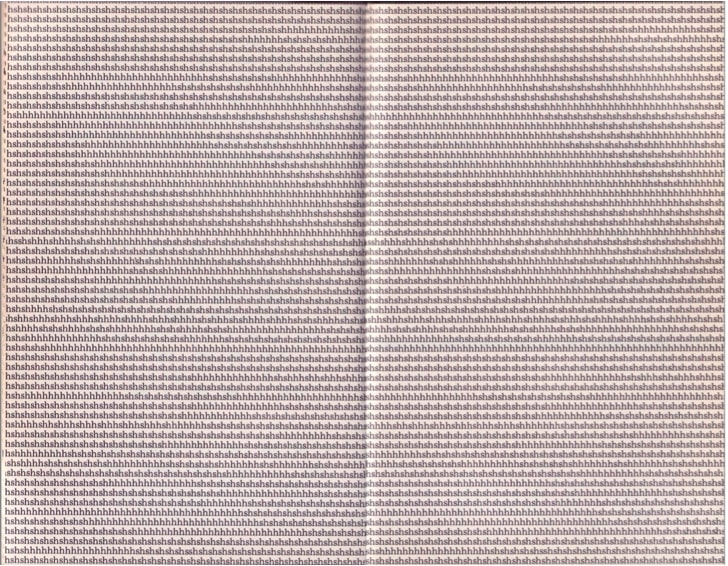
Figure 5. Pritchard, "Hoom," in 19 Necromancers from Now, pp. 260-261.
Here, Pritchard zeros in on—and makes a poem from—the tiniest, most minute elements of language: a mere two letters. The sound sh(/ʃ/ ) is known to linguists as a “voiceless fricative.” Made without the vibration of the vocal chords, “shh” is a strange sound, perched between the voiced and unvoiced; between sound and silence; between non-meaning and meaning. For instance, recalling Pritchard’s coastal setting, “shh” could be mimetic of the sound of the surf, as Paul Stephens suggests, [11] or indeed of wind, rainfall, or the droning of cicadas—that is, it could have no exact, fixed meaning. On the other hand, in the form of a shush, it can issue a clear command to silence. But as Stephens notices, the poem is “a silencing that nonetheless remains vaguely audible.” [12]
As the letters “s” and “h” reverberate across the gutters of Pritchard’s page, we are put into the realm of the eerie, which according to Mark Fisher, is preoccupied with “sonic doublings” and echoes (incidentally also the name of Pritchard’s first poetry collection). [13] This recursive sonic doubling across these two pages, I’d argue, creates a kind of parabola effect, where the “shh” sounds—small and erratic on their own—grow to become huge and immersive together. A full 8 of the 23 pages of “Hoom” look and sound like this—enveloped entirely by this hush—with six additionalpages bearing a long horizontal line of s’s and h’s crossing the middle of the page.
Pritchard’s poem “FR/OG” in EECCHHOOEESS draws on the choral quality of the Martha’s Vineyard biosphere even more explicitly.
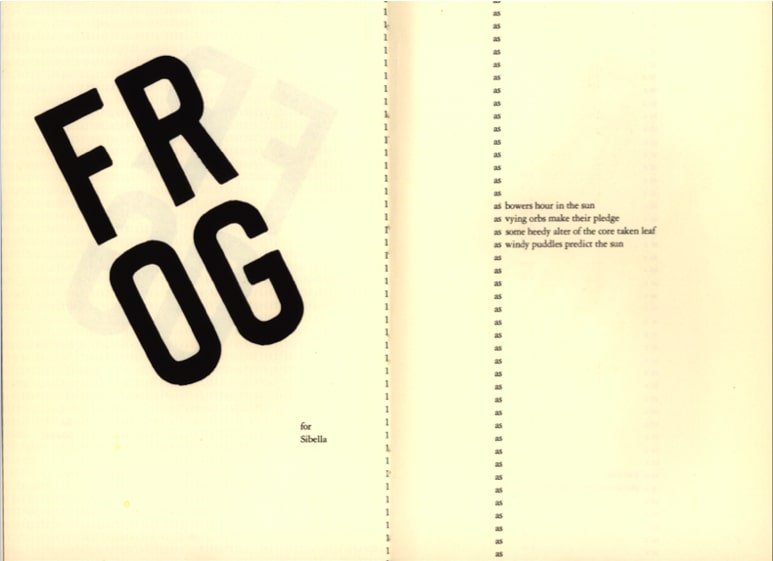
Figure 6. Pritchard, EECCHHOOEESS, pp. 9-10.
Here the slim poetic line—which starts with “as,” then morphs into “as a”—takes on ecological resonance. This is Erica Cardwell’s reading of it: “Initially the ‘as a’ reads as a prompt. But with steady repetition, it recedes into the ‘s’ sound, hissing into a whisper.” [14] For Fisher, the eerie is characterised in part as “the failure of presence.” [15] And that seems to apply well here. The hissing of a snake is evoked, but the slithering creature remains only sonically incarnated across ten pages, simply suggestedto the ear: it never quite turns up in full view. Or does it? As Cardwell rightly spots: the hiss is “echoed by the final two pages that turn the number 2 into a visual pattern”—namely, a snake coiling its head up. [16]
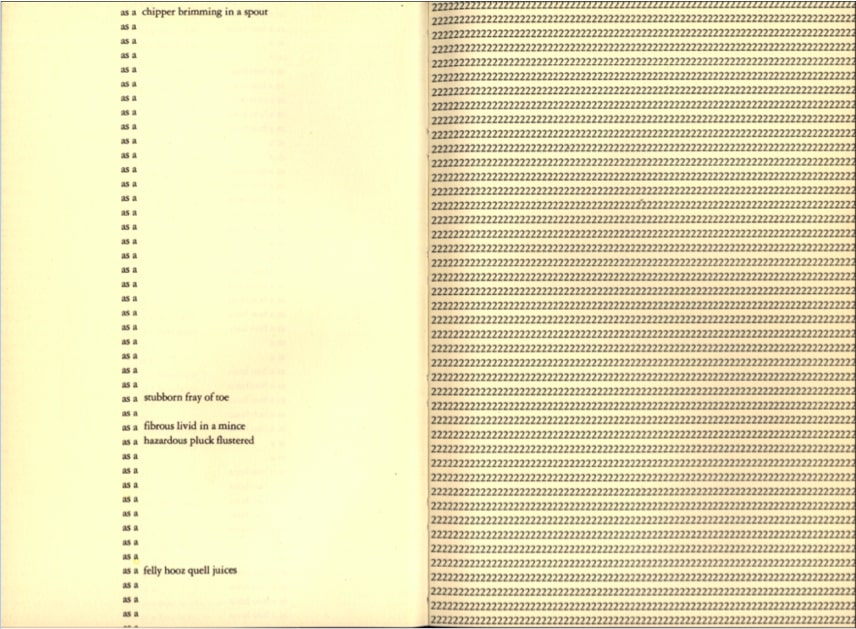
Figure 7. Pritchard, EECCHHOOEESS, pp. 19-20.
As a sound, a hiss, like a hush, is hard to catch, to pin down—it’s both there and vanishing at once. In his book BlackPentecostal Breath, Ashon Crawley writes that the “ongoing movement [of a sound] makes its apprehension both illusory and provisional. Illusory because the thing itself is both given and withheld from view, from earshot. Provisional because it—the vibration, the sonic event, the sound—is not and cannot ever be still absolutely. It keeps going, it keeps moving, it is open-ended. It can be felt and detected but remains almost obscure, almost unnoticed.” [17]
It's worth noting, too, that the actual sounds of Martha’s Vineyard were already beginning to dim by Pritchard’s time. Insecticide spraying, of the kind Rachel Carson brought into public consciousness with Silent Spring (1962), decimated the island’s amphibians in the 1940s and ‘50s. By the time The Matrix came out, forest-living creatures such as salamanders, the Grey Treefrog, and all three species of toad on the island, had gone extinct. More recently, the Eastern Spadefoot, a singing toad species found specifically in Edgartown—and one Pritchard is sure to have heard performing its melodious croak—has been nearly extirpated. The remaining population is barely big enough to form a chorus.
This absence is just about audible on Pritchard’s pages, with their hushed and misheard lines, their noisy margins. It’s partly such unsounds that make Pritchard’s verse, forged from of the echoes and silences of Martha’s Vineyard coastline, so spooky to listen to.
Notes
[1] N. H. Pritchard, The Matrix: Poems: 1960-1970 (Garden City, NY: Doubleday, 1970), 58.
[2] Steve Goodman. Sonic Warfare: Sound, Affect, and the Ecology of Fear. (Cambridge, MA: MIT Press, 2010), 191, 198, 191.
[3] Tyrone Williams, “Aestheticizing the Stutter,” Poetry Foundation, April 14, 2017, https://www.poetryfoundation.org/harriet-books/2017/04/aestheticizing-the-stutter.
[4] Paul Stephens, Absence of Clutter: Minimal Writing as Art and Literature (Cambridge, MA: MIT Press, 2020), 113.
[5] David Grundy, “Matrix Revolutions,” review of The Matrix, by
N. H. Pritchard, Artforum, April 27, 2021.
[6] Ashon T. Crawley, “Quantum Mechanics. Quantum Sound. Quantum Love,” filmed October 2019 by Experimental Media and Performing Arts at Rensselaer Polytechnic Institute, video, https://www.youtube.com/watch?v=sA3oW8X1qPc.
[7] Lillian-Yvonne Bertram, “‘a lance to pierce the possible’: Reading N. H. Pritchard,” Poetry Foundation, May 26, 2015.
[8] Nathaniel Mackey, “On Discrepant Engagement,” interview by Charles Bernstein, Close Listening (Program Two: Conversation), Kelly Writers House, February 1, 2011, Penn Sound, audio, 1:20, https://writing.upenn.edu/pennsound/x/Mackey.php.
[9] Anthony Reed, Freedom Time: The Poetics and Politics of Black Experimental Writing (Baltimore: Johns Hopkins University Press, 2014), 39. Cited in Stephens, 119.
[10] N. H. Pritchard, “Hoom: A Short Story,” in 19 Necromancers from Now: An Anthology of Original American Writing for the 1970s, ed. Ishmael Reed (Garden City, NY: Doubleday, 1970), 259-280.
[6] Ashon T. Crawley, “Quantum Mechanics. Quantum Sound. Quantum Love,” filmed October 2019 by Experimental Media and Performing Arts at Rensselaer Polytechnic Institute, video, https://www.youtube.com/watch?v=sA3oW8X1qPc.
[7] Lillian-Yvonne Bertram, “‘a lance to pierce the possible’: Reading N. H. Pritchard,” Poetry Foundation, May 26, 2015.
[8] Nathaniel Mackey, “On Discrepant Engagement,” interview by Charles Bernstein, Close Listening (Program Two: Conversation), Kelly Writers House, February 1, 2011, Penn Sound, audio, 1:20, https://writing.upenn.edu/pennsound/x/Mackey.php.
[9] Anthony Reed, Freedom Time: The Poetics and Politics of Black Experimental Writing (Baltimore: Johns Hopkins University Press, 2014), 39. Cited in Stephens, 119.
[10] N. H. Pritchard, “Hoom: A Short Story,” in 19 Necromancers from Now: An Anthology of Original American Writing for the 1970s, ed. Ishmael Reed (Garden City, NY: Doubleday, 1970), 259-280.
[11] Stephens, 118.
[12] Ibid, 116.
[13] Mark Fisher, The Weird and the Eerie (London: Repeater, 2016), 69.
[12] Ibid, 116.
[13] Mark Fisher, The Weird and the Eerie (London: Repeater, 2016), 69.
[14] Erica N. Cardwell, “N.H.
Pritchard’s The Matrix and EECCHHOOEESS,” review
of The Matrix and EECCHHOOEESS, by N. H. Pritchard, The
Brooklyn Rail, June 2021.
[15] Fisher, 62.
[16] Cardwell, “N.H. Pritchard’s The Matrix and EECCHHOOEESS.”
[15] Fisher, 62.
[16] Cardwell, “N.H. Pritchard’s The Matrix and EECCHHOOEESS.”


